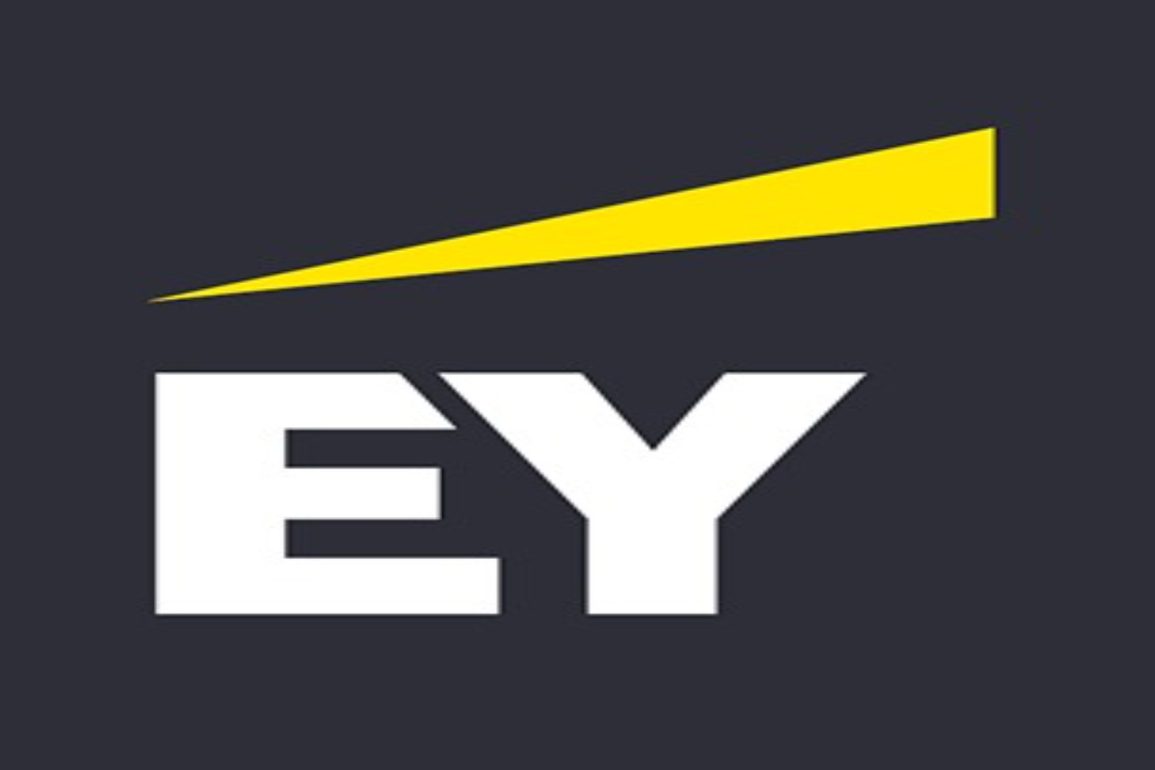- Summary:
- Ernst and Young has launched an Ethereum-based emissions tracking and reporting platform offering greater transparency and accuracy.
Global consulting, law, assurance, strategy, tax, and transactions services giant Ernst & Young (EY) has announced the beta release and use of their blockchain software, EY OpsChain ESG, on its EY Blockchain SaaS platform. EY OpsChain ESG allows for immutable reporting on a company’s current carbon emissions standing, with greater emphasis on transparency and accuracy.
Raising the integrity bar in carbon emissions reporting
To meet the demands of companies that have trouble accurately measuring and tracking their carbon footprint, EY has developed the EY OpsChain ESG platform on the Ethereum blockchain to provide a single, verified snapshot of CO2 emissions (CO2e). With this approach, businesses can prove the legitimacy of the carbon offsets they’re using to reduce their carbon footprint.
Through tokenization, businesses can keep tabs on their emissions inventory and do things like connect carbon output to individual product output. Furthermore, the platform is powered by tokenization. This means that businesses now have the ability to track their decarbonization efforts with the help of carbon credit tokens that they issue or purchase on the market. With an increased focus on net-zero goals, EY claims that its new solution gives businesses the chance to share their ESG story on a reliable digital platform.
Through the use of tokenization, the platform facilitates the tracking of emissions and carbon credits. By using tokenization inside an ecosystem to track emissions and carbon credits, it will provide the required transparency for customers, partners, and authorities.
EY OpsChain ESG tokenizes product emissions, giving businesses a transparent view of their CO2e situations. Importantly, this empowers them to make more well-informed choices along their ESG path. EY OpsChain ESG is built to the specifications of the InterWork Alliance for Carbon Emissions Tokens, and it allows for the independent verification of a company’s current CO2e through the integration of essential emissions data validators.


